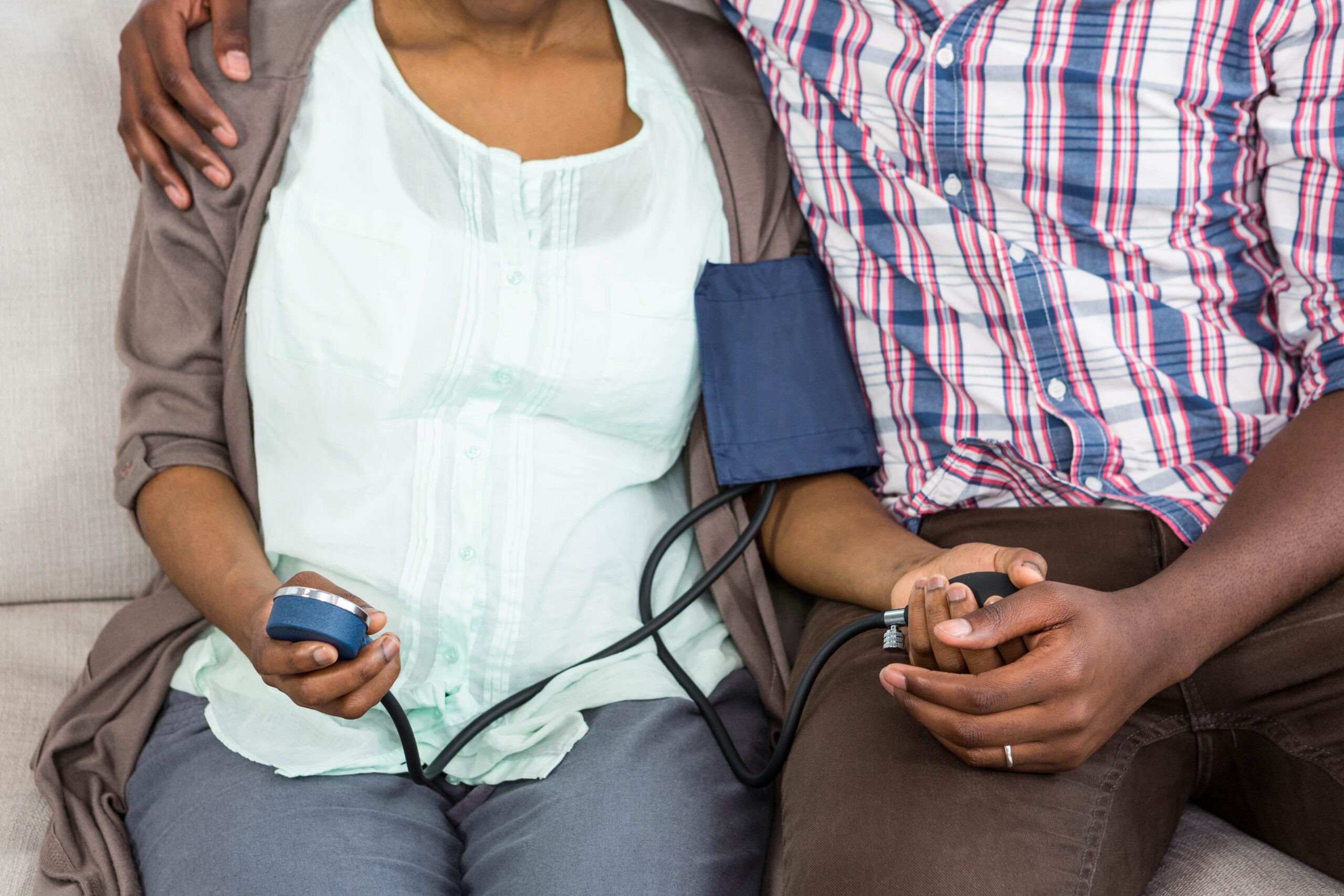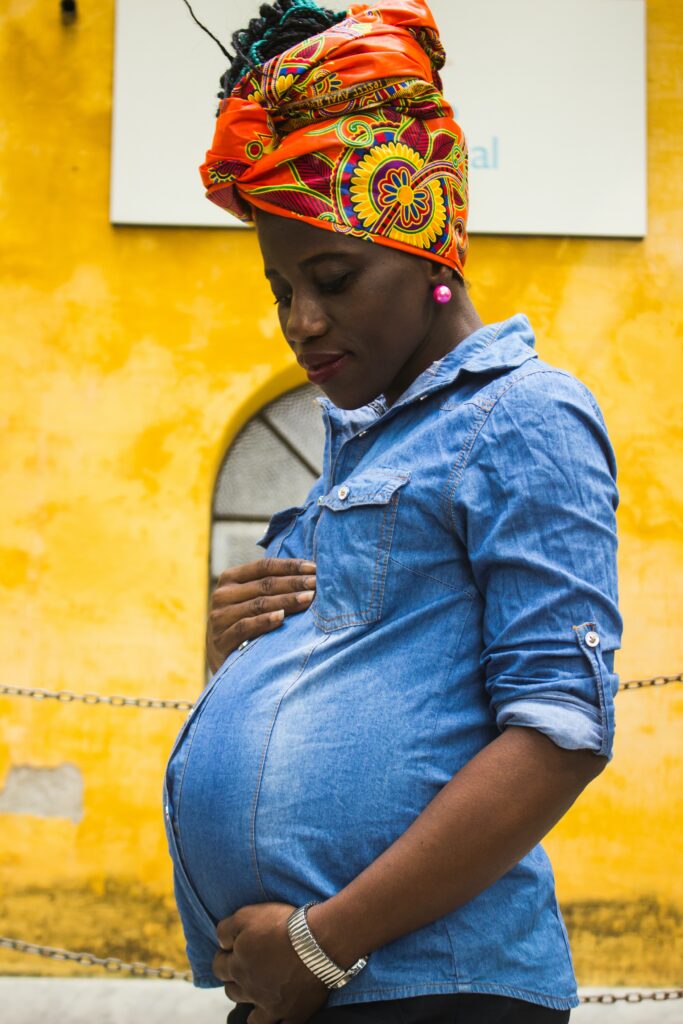
May is national pre-eclampsia awareness month, specifically May 22nd as pre-eclampsia Day. It has been reported that 5-8% of all pregnancies are affected by preeclampsia, which is a rapidly progressive condition characterized by high blood pressure and the presence of protein in the urine. Swelling, sudden weight gain, headaches and changes in vision are important symptoms; however, some women report having no symptoms.

My pregnancy with my son was a breeze! I mean straight off the ocean breeze! Until, 32 weeks in, I developed preeclampsia. My blood pressure had been controlled and at normal numbers with the help off medicine the entire pregnancy. I went in for a routine high-risk pregnancy visit and ultrasound and the nurse were concerned about the weight of the baby. The doctor immediately ordered her to take my blood pressure. As soon as I saw the numbers, my heart sank, I knew they were not going to let me go home. I didn’t realize at the time that my rainbow baby was going to HAVE to be delivered early.
I was petrified to say the least. I began to ask questions specifically about what I did to bring on this sudden onset of high blood pressure. I just knew I shouldn’t have eaten curry shrimp and rice everyday that week. It was then that I learned that research of preeclampsia has been difficult because all pregnancies are different. According to Mayo Clinic, these are the most common risk factors:
- · History of preeclampsia. A personal or family history of preeclampsia significantly raises your risk of preeclampsia.
- · Chronic hypertension. If you already have chronic hypertension, you have a higher risk of developing preeclampsia.
- · First pregnancy. The risk of developing preeclampsia is highest during your first pregnancy.
- · New paternity. Each pregnancy with a new partner increases the risk of preeclampsia more than does a second or third pregnancy with the same partner.
- · Age. The risk of preeclampsia is higher for very young pregnant women as well as pregnant women older than 35.
- · Race. Black women have a higher risk of developing preeclampsia than women of other races.
- · Obesity. The risk of preeclampsia is higher if you’re obese.
- · Multiple pregnancies. Preeclampsia is more common in women who are carrying twins, triplets, or other multiples.
- · Interval between pregnancies. Having babies less than two years or more than 10 years apart leads to a higher risk of preeclampsia.
- · History of certain conditions. Having certain conditions before you become pregnant — such as chronic high blood pressure, migraines, type 1 or type 2 diabetes, kidney disease, a tendency to develop blood clots, or lupus — increases your risk of preeclampsia.
- · In vitro fertilization. Your risk of preeclampsia is increased if your baby was conceived with in vitro fertilization.
I began to do my own research and just like its stated above, race began to stick out more and more. Let’s visit a few numbers; black women are 61% higher to experience preeclampsia during pregnancy than white women and 50% higher than for women overall. Black women are also three to four more times more likely to die from pregnancy-related causes than white women. Why does this disparity exist? Lack of access to health care and poor quality of care are leading among the many reasons, especially women of lower income.
A dark cloud can be defined as: to cause people to stop trusting something. I refer to preeclampsia as a dark cloud because the overall lack of trust in health care in our community has led us to have these underlying conditions that automatically place us as higher risk for doing things that nature simply intended for us to do; reproduce.
To my pregnant mommies, sis, have you checked your blood pressure lately?
